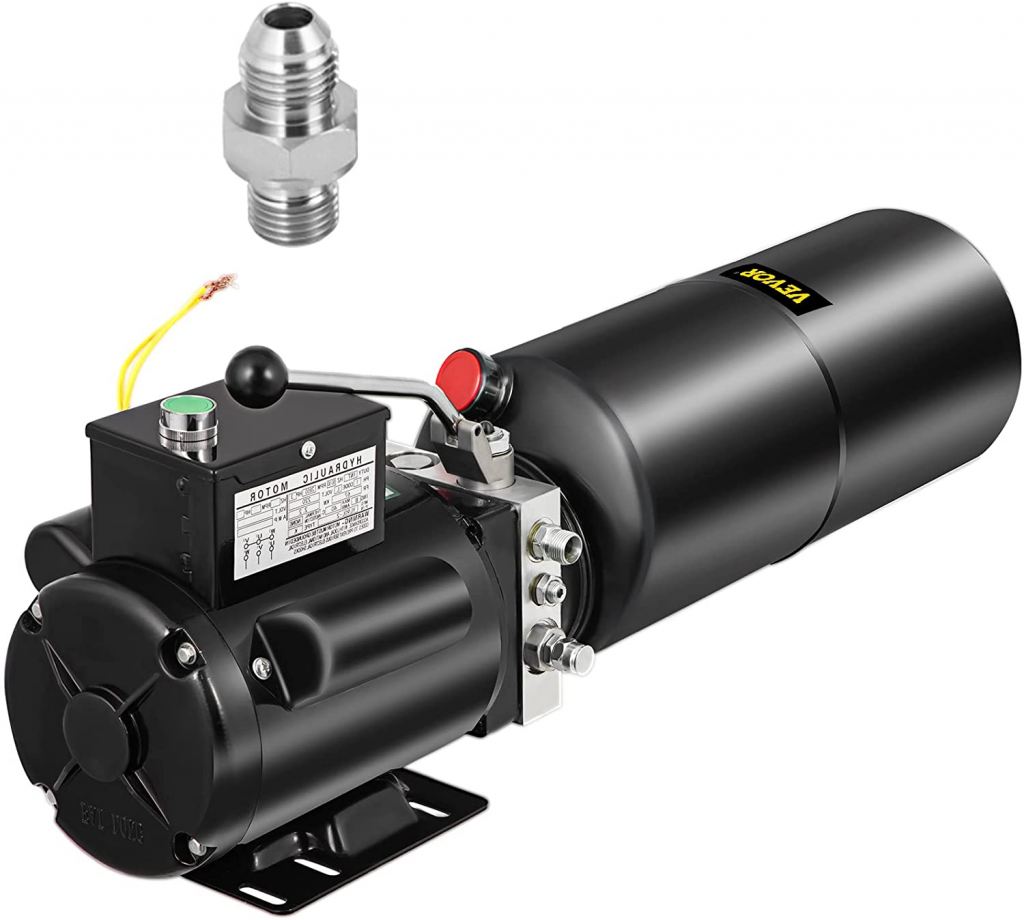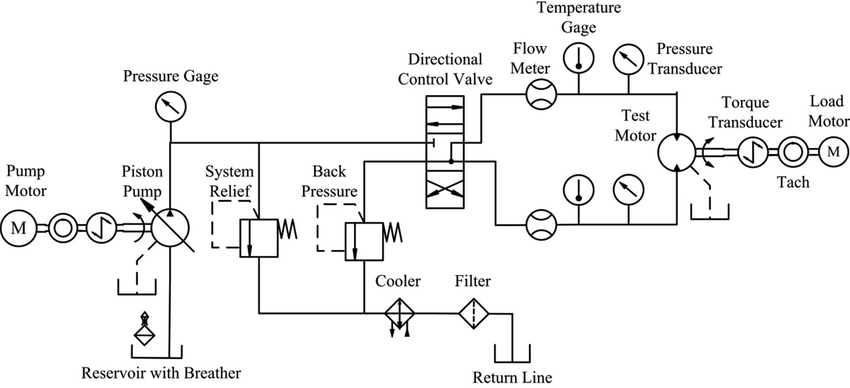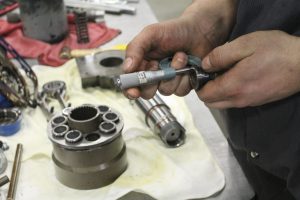Hydraulic pumps are used in industrial settings to move liquids or gases, and they work by using a fluid reservoir and a piston. If the pressure in the hydraulic system falls below a certain point, the fluid will no longer flow through the pump and it will stop working. In this article, we’ll explore what might cause a hydraulic system to lose pressure, and how you can troubleshoot and fix it if it happens.
Hydraulic pumps are used to move fluids through a system. When they lose pressure, they can’t move the fluid as far or as fast as they need to. This can lead to problems with the system and potentially injury or damage to people or property.
In this article, we’ll explore the different types of hydraulic pumps and what can cause them to lose pressure. We’ll also talk about ways to prevent loss of pressure from occurring and how to repair it if it does.

What Causes a Hydraulic Pump to Lose Pressure?
If a hydraulic pump loses pressure, it could be due to many reasons. Common causes of a hydraulic pump losing pressure include:
-A seal breaking or becoming worn
-A clog in the system
-A failure in the hydraulic system
A hydraulic pump can lose pressure for a variety of reasons. In most cases, the pump will lose pressure due to a clog in the system. If the clog is small, the pump may be able to push it through using increased pressure. However, if the clog is large, the increased pressure may not be enough to move it. In this case, the pump will lose pressure and fail.
Other factors that can cause a hydraulic pump to lose pressure include wear and aging. Over time, the bearings and seals inside of the pump can wear down, causing them to become less effective at moving fluid. Additionally, hydraulic fluids can age and develop toxins that can damage the pump. If these toxins are not removed, they can cause the pump to lose pressure permanently.
What are the causes of a hydraulic pump to lose pressure?
There are a few potential causes of a hydraulic pump to lose pressure, but the most common is when the oil or fluid that powers the pump has been contaminated. This can be caused by a variety of factors, including improper manufacturing, spills or accidents. If the contamination is severe enough, it can cause the pump to stop working altogether.
A hydraulic pump can lose pressure for a variety of reasons. The most common causes are blockages in the system or in the pump itself. Other causes include deterioration of the fluid, oil or gas contamination, overheating, and failure of the motor.

How Can a Hydraulic Pump Be Repaired?
A hydraulic pump can lose pressure for a variety of reasons. The most common cause is a leak in the system. Other causes include worn parts, blockages, and damaged seals. If the pressure falls below a certain threshold, the pump will automatically shut down to prevent damage.
When a hydraulic pump loses pressure, there are a few potential causes. A common issue is a failed diaphragm. This is a component that helps control the pressure in the pump. If it fails, the pressure can increase dramatically and cause the pump to lose power. Other causes of a hydraulic pump losing pressure include worn or damaged parts, clogged filters, or broken hoses. In most cases, identifying and fixing the underlying issue is the best solution.
What to do when your hydraulic pump loses pressure
When your hydraulic pump loses pressure, it can mean a few things. If you’re using a pressure pump for agricultural purposes, the most common cause of a loss of pressure is a blocked filter. If the filter is blocked, the fluid cannot escape and the pump will lose pressure. Another common cause of a loss of pressure is an overfilled reservoir. If the reservoir is full, the pump will not be able to push the fluid out as fast and pressure will decrease. Finally, an empty tank may also cause a loss of pressure, as the pump will have to work harder to get the same amount of fluid out. In all cases, if you notice a decrease in pressure on your hydraulic system, it’s important to take action and check for potential causes.

How can you prevent a hydraulic pump from losing pressure?
There are a few ways that you can keep a hydraulic pump from losing pressure. The most common way is to make sure that the fluid is flowing smoothly through the pump. If the fluid is not flowing smoothly, it can cause the pump to lose pressure. Another way to prevent a hydraulic pump from losing pressure is to make sure that the seals are tight. If the seals are not tight, water can seep inside the pump and cause it to lose pressure.
Conclusion
If a hydraulic pump were to lose pressure, it is likely because of an issue with the system or with the pump itself. If you are experiencing low pressure from your hydraulic pump, one of the first things you should do is check for leaks in the system and make sure that all connections between the various components are secure. If there are no obvious leaks, then you may need to replace the pump.
What would cause a hydraulic pump to lose pressure. please click topkitparts see more


























